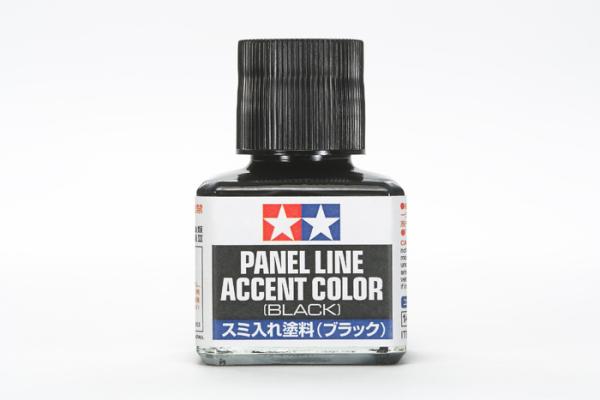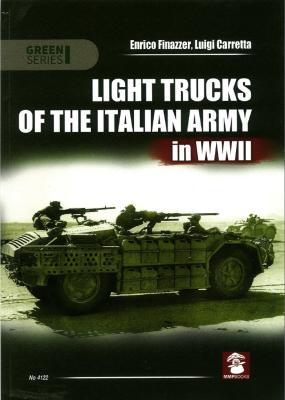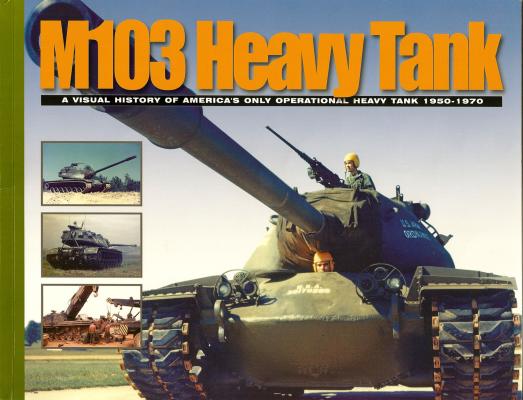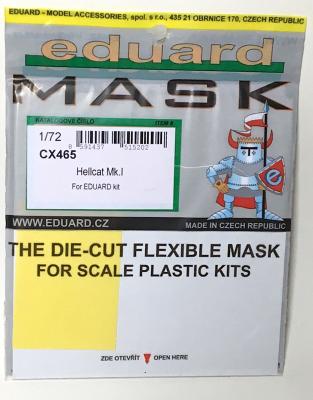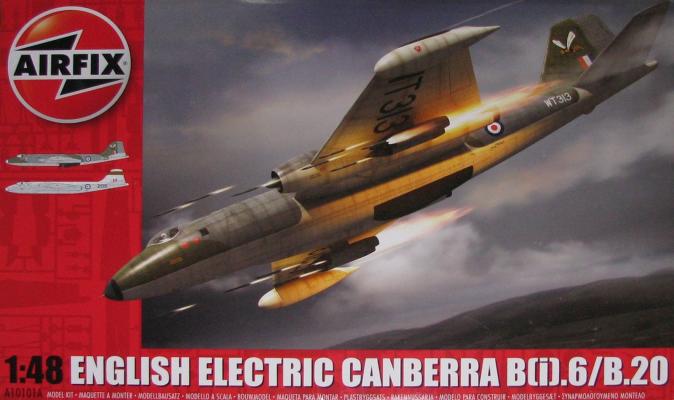Tamiya offers a trio of “panel line accent colors”, Black (# 87131) Brown (#87132) and Gray (#87133). Two of these colors were provided to IPMS for review, those two colors being black and gray. All three colors are enamel based and that means that one will need to be aware that plastic and enamel have a love-hate relationship. While the accent paints will really pop out the detail on a model, if applied too generously it can damage the plastic. Tamiya understands this issue and provides reminders of this issue to the user.
For test purposes I used the F-14 Tomcat that is currently sitting on my work bench. I picked an area that had not yet previously been highlighted or “accented” and then gave it a coat of Future to seal the acrylic and provide a barrier upon which the Tamiya accent paints could be applied.











